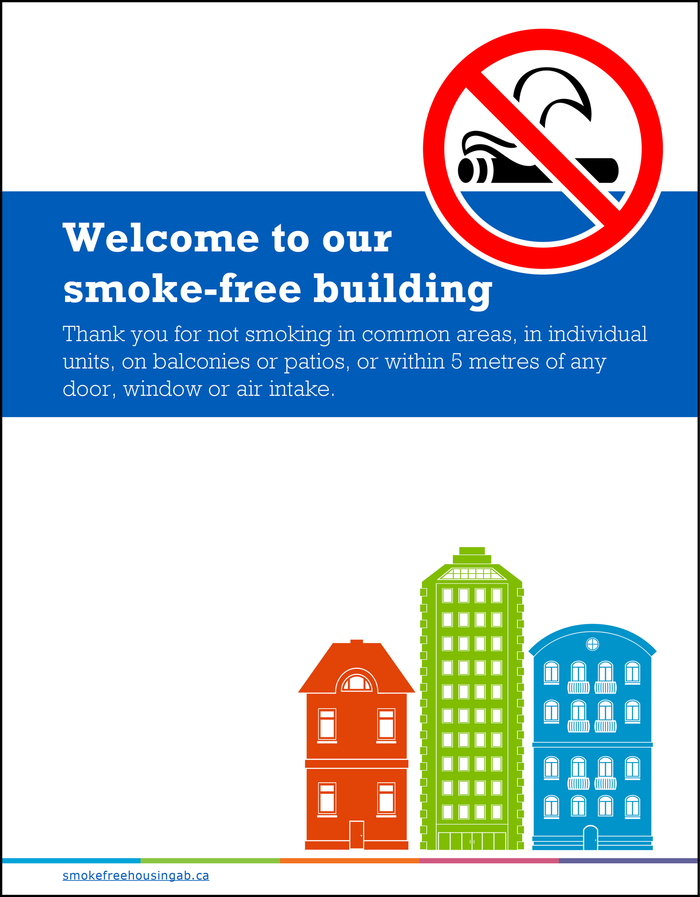Once your policy has been drafted, you may want to have it reviewed by legal counsel (if appropriate). Decide on the best time to address a resolution for a smoke-free bylaw, whether it be at an annual or special general meeting. Follow all necessary procedures to call the meeting and send out a copy of the smoke-free policy to members in advance of the meeting. Be prepared to discuss anticipated challenges and arguments against the policy.
Consider presenting the smoke-free bylaw by separate resolution. Given that a smoke-free bylaw can be a controversial provision, you would not want to jeopardize an entire bylaw amendment package because of this provision.
Filing your bylaw
If and when the resolution is passed and confirmed by the members, the cooperative must file the bylaw with the director within 60 days of the date the bylaw or amendment comes into force.
Phasing in your policy
If your policy will be implemented in phases, make sure you clearly communicate the timelines and ultimate scope of the policy to current and prospective members. If your policy includes an exemption clause, inform prospective members that:
- there are residents who have been exempted from the policy and are permitted to smoke in the building, and you can’t guarantee a completely smoke-free environment until the transition is complete. Be sure to explain why an exemption of certain residents was chosen.
- while smoking is permitted in exempted units, complaints of second-hand smoke will still be addressed if it is found that a significant amount of smoke is infiltrating other units.
Download a sample letter that notifies residents about the new policy.
Spread the word about your smoke-free policy anywhere you currently list information about your properties.
Update:
- your application form
- your website
- your portfolio in third-party directories
- other marketing and advertising materials
Remember to register your smoke-free property in our online directory!






